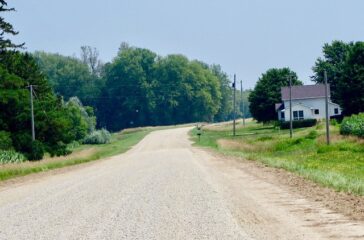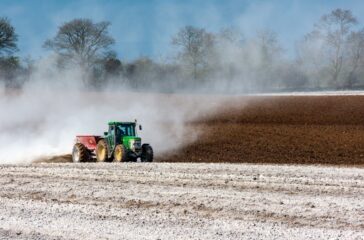Dead livestock and poisoned water — Texas farmers sue over PFAS contamination
By Shannon Kelleher
Two Texas farm families have seen their health decline, their pets and livestock sickened and killed, their water poisoned and and their property values wiped out due to high levels of chemical contamination linked to a company marketing treated sewage sludge as a fertilizer and soil conditioner, according to a lawsuit filed by the families.
 EWG
EWG








